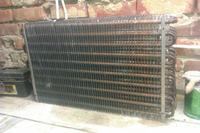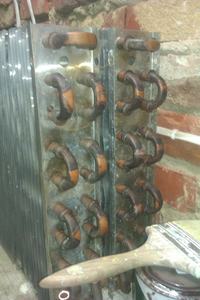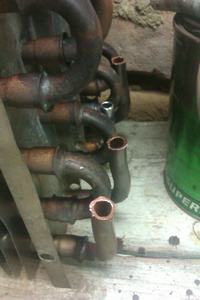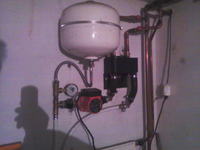Hello everyone this year I built a garage about 5m from the house. The building is so far in the raw state but the window frames and gate installed. I don't have the floor and plaster yet.
It was the turn to install the heating I was thinking of using two radiators under the two windows but maybe some other suggestions? The garage has an area of 35m and the walls are 25cm thick should I insulate the building or leave it there??
Of course I do not want to get there the temperature as in the house but it is completely enough a few dashes above zero, due to the equipment kept there.
And I solve the switching off this ordinary valves or thermostatic??
Greetings and please reply.
It was the turn to install the heating I was thinking of using two radiators under the two windows but maybe some other suggestions? The garage has an area of 35m and the walls are 25cm thick should I insulate the building or leave it there??
Of course I do not want to get there the temperature as in the house but it is completely enough a few dashes above zero, due to the equipment kept there.
And I solve the switching off this ordinary valves or thermostatic??
Greetings and please reply.











